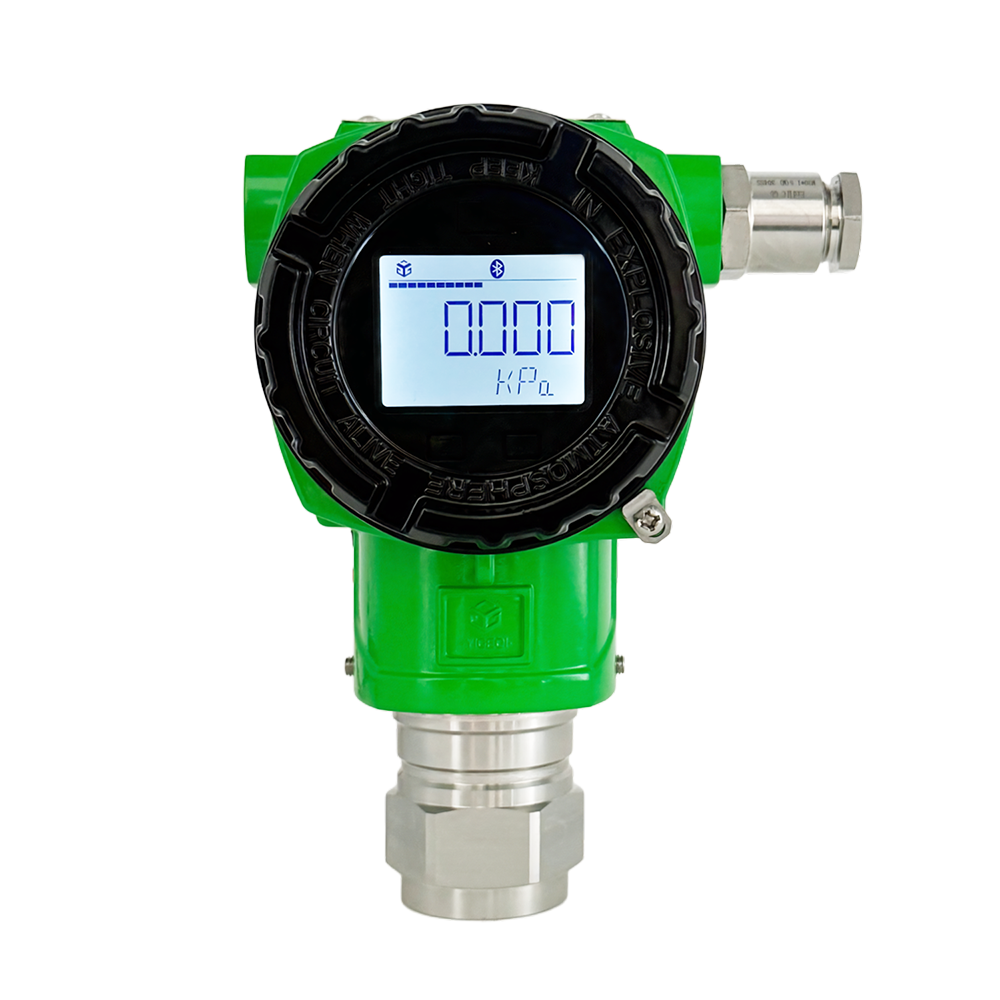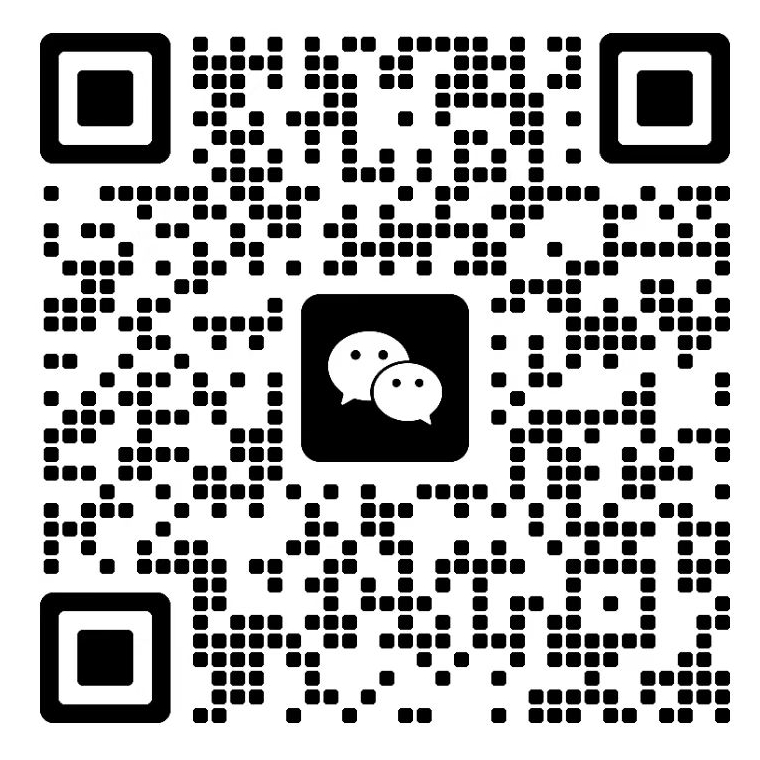As aquaculture shifts toward intensive and intelligent development, cutting-edge technologies are revolutionizing traditional farming practices. Recently, intelligent pressure transmitter-serving as core sensors in water quality monitoring systems -have gained widespread adoption across global aquaculture projects. These devices now play a vital role in boosting production efficiency and ensuring premium-quality aquatic products.

In aquaculture, subtle changes in water depth and pressure directly impact dissolved oxygen levels, pollutant dispersion rates, and the survival comfort of aquatic organisms like fish and shrimp. Traditional manual measurement methods suffer from delays and errors, whereas pressure transmitters enable precise depth calculation through real-time monitoring of water pressure fluctuations, transmitting data to central control systems. Climate changes have led to frequent extreme weather events such as heavy rains and typhoons, causing significant fluctuations in aquaculture water conditions. The high-sensitivity monitoring capability of pressure transmitters can issue early warnings for abnormal water level rises or drops, providing critical data support for emergency drainage or water replenishment operations.
Modern pressure transmitters are now widely integrated with IoT platforms to create smart aquaculture monitoring networks. By installing these devices in fish ponds, recirculation systems, or pipelines, farmers can remotely monitor real-time water pressure data and promptly detect anomalies like pipe blockages or leaks. This integration significantly reduces energy consumption and labor costs while boosting survival rates and minimizing water waste.
The use of intelligent pressure transmitters is a typical example of the digital upgrading of aquaculture. Relying on accurate data to guide management decisions, it not only improves production efficiency and resource utilization efficiency, but also lays a solid foundation for food safety and environmental protection.


